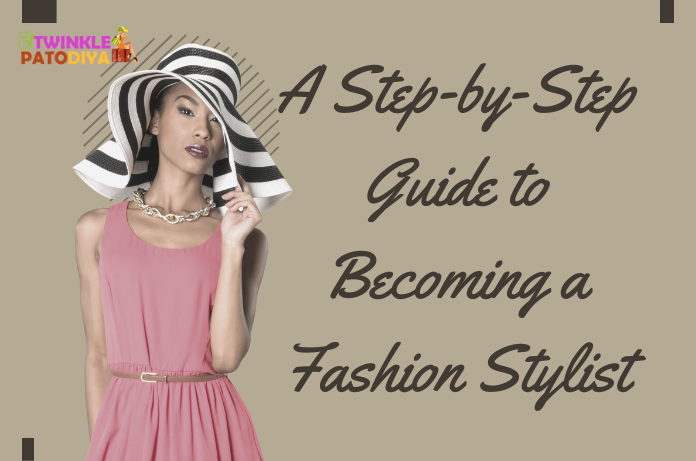A fashion stylist plays an important part in designing outfits and designs that meet the demands and desires of thefashion designer and the people who wear them. They are adaptable experts who can work for several purposes, such as a personal stylist or a stylist who puts together outfits for marketing campaign models. If you appreciate fashion and assisting others in putting together clothing and costumes, a career in fashion styling may be a possible option for you. This article will explain what a fashion stylist does, how to become one, and their abilities.
Role of a Fashion Stylist
A fashion stylist is a specialist who organises all elements of a person’s visual aesthetic for them to appear fashionable and desirable as directed by the fashion designer. Fashion stylists can work in a variety of businesses and with clients who are famous or who simply want to look their best. Some hairdressers are celebrities in their own way. Celebrity stylists frequently work with celebrities, singers, and other high-profile clients.
The roles of a fashion stylist are many. Among the typical tasks they will encounter are:
- Attending runway shows, brand showrooms, and other fashion industry events to stay up to date on the latest trends and styles
- Investigating prior eras’ fashion (through periodicals, movies, or an old look book) in order to create a period-appropriate style
- Obtaining apparel from a diverse range of global brands and manufacturers
- Models, photographers, hairstylists, makeup artists, fashion designers, brand creative directors and art directors, magazine editors, and film and television directors who consult
- Collaboration with public figures to develop a personal visual aesthetic. This may include personal shopping and acting as a personal stylist.
- Assisting major retail chains’ apparel shoppers
How to Work as a Fashion Stylist
The following are the main steps to becoming a fashion stylist:
1. Earn a bachelor’s degree or an equivalent certificate
While a university degree, certification, or diploma is not required to work as a fashion stylist, it can help you refine your talents while also providing you with a greater understanding of art and fashion history. This experience may also teach you about the various sorts of fashion stylist careers accessible, such as personal stylist, editorial stylist, fashion designer, corporate stylist, and celebrity stylist. Another advantage of these institutions is the opportunity to network with professors and other professionals in the field who may be able to assist you.
2. Make a portfolio
A portfolio, which is either a real or digital area where you may display all your fashion work in one central location for easy viewing, is one of the most significant parts of an aspiring fashion stylist. The portfolio showcases your skills and gives the company a taste of your fashion styling expertise and what you might be able to bring to the work for fashion designers. A portfolio, also known as a look book, can help you create a large customer base, acquire new projects, and launch your career as a fashion stylist.
3. Participate in an internship training
Conduct extensive research to discover internships at fashion agencies or other fashion institutions to kickstart your career, especially if you want to work as a stylist for celebrities, models, work under fashion designer and other public figures. Many job possibilities in the fashion business arise as a result of recommendations, thus working as an intern for a field company helps you to gain practical experience and develop on the talents you already have under the supervision of a mentor figure. It also aids in the development of professional relationships. Some internships are available online or through your university.
4. Build your business connections
Consider how you can expand your professional network, as this can help you land a position as a fashion stylist. In many circumstances, you can expand your network by participating in an internship under a fashion designer, apprenticeship, or other assistance role that puts you in contact with others who are talented and knowledgeable in the subject.
Filling your network with valuable connections such as working under costume stylists and fashion designershelps you build a positive reputation, as these people may contact you if there are any open openings. Even if the position is not in fashion styling, it can act as your first step into the industry. Your university instructors may have contacts in the subject, making them a great resource to you as well.
5. Apply for an entry-level job
Begin applying for entry-level fashion stylist positions, which may be found on job boards and career websites. In these entry-level employment, ambitious fashion stylists and fashion designers can expect to work closely with a highly experienced professional and learn the fundamentals of the industry, such as how to choose and style garments and follow the orders of your team leaders. You may also be required to identify how to construct clothes and styles based on current cultural and societal trends, as well as stay current on how these fashion trends evolve and develop.
CONCLUSION
Because fashion never goes out of style, work opportunities in this field often remain stable from year to year. By becoming a skilled fashion stylist, you may construct your visions and bring them to life.

